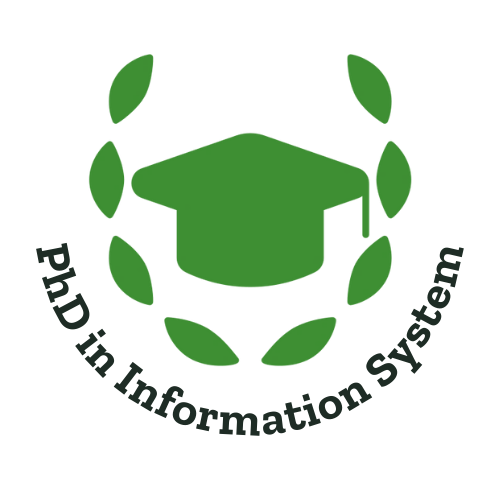Step 1 – Decide on a type of PhD.
There are two types of Doctorate degrees that you can choose from. The Professional or Executive doctorate programs such as the DBA are typically self-funded. They are terminal degrees focused on applying knowledge in specific professions. Typically, they combine academic coursework with practical experience and applied research.
The traditional PhD’s are research-oriented degrees that centre on advancing knowledge in specific disciplines. They involve independent research, a dissertation and defense.
Action: Identify your research interests as well as your academic and professional interests.
Step 2 – Take a GMAT or GRE.
The GMAT (Graduate Management Admission Test) or GRE (Graduate Record Examination) are a prerequisite to your PhD application in all higher-education institutions. The scores from your test shall be utilized by the admission committees as a benchmark to evaluate candidates fairly and consistently.
Action: Prepare for the test to get the best possible score. A strong GMAT or GRE can enhance your chances of securing financial support for your studies and research projects.
Step 3 – Determine your motivation.
What is your primary motivation for pursuing a Ph.D. in Information Technology? Write it down somewhere you can read it often as this will help you stay focused and committed throughout your program.
Action: Create a list of your motivations and refer to it whenever you need to stay motivated.
Step 4 – Identify potential universities.
Research universities that offer Ph.D. programs in Information Technology and STEM Education. To help you choose the right one, look through their program requirements, course offerings, and faculty expertise.
Action: Create a list of potential universities that meet your criteria.
Step 6 – Prepare for the application process.
The application process for Ph.D. programs can be lengthy and competitive. Start early and prepare thoroughly. Work towards ensuring all your applications are submitted at least two weeks before the deadlines each university indicates.
Action: Create a timeline for the application process and ensure that you have all the necessary documents and requirements.
Step 7 – Develop time management skills.
Time management is crucial for success in a Ph.D. program. Develop a plan for managing your time effectively so that you can balance your daily responsibilities and your PhD workload.
Action: Create a schedule for studying, researching, and completing assignments, and stick to it.
Step 8 – Pursue healthy relationships.
Pursuing a Ph.D. can be a lonely and challenging journey, and a weekly community meeting may help you stay on course. We offer a community where you can interact with mentors and other researchers who understand your journey. Finding someone within our community who has gone through your journey and understands it could make all the difference.
Action: Schedule one hour each week to connect with your PhD community.

